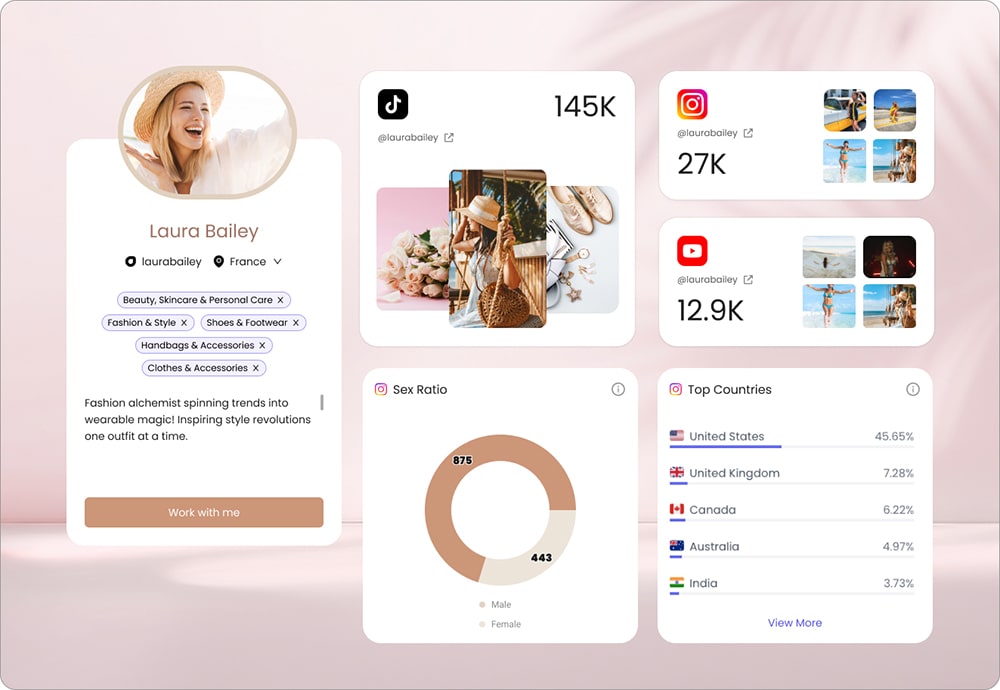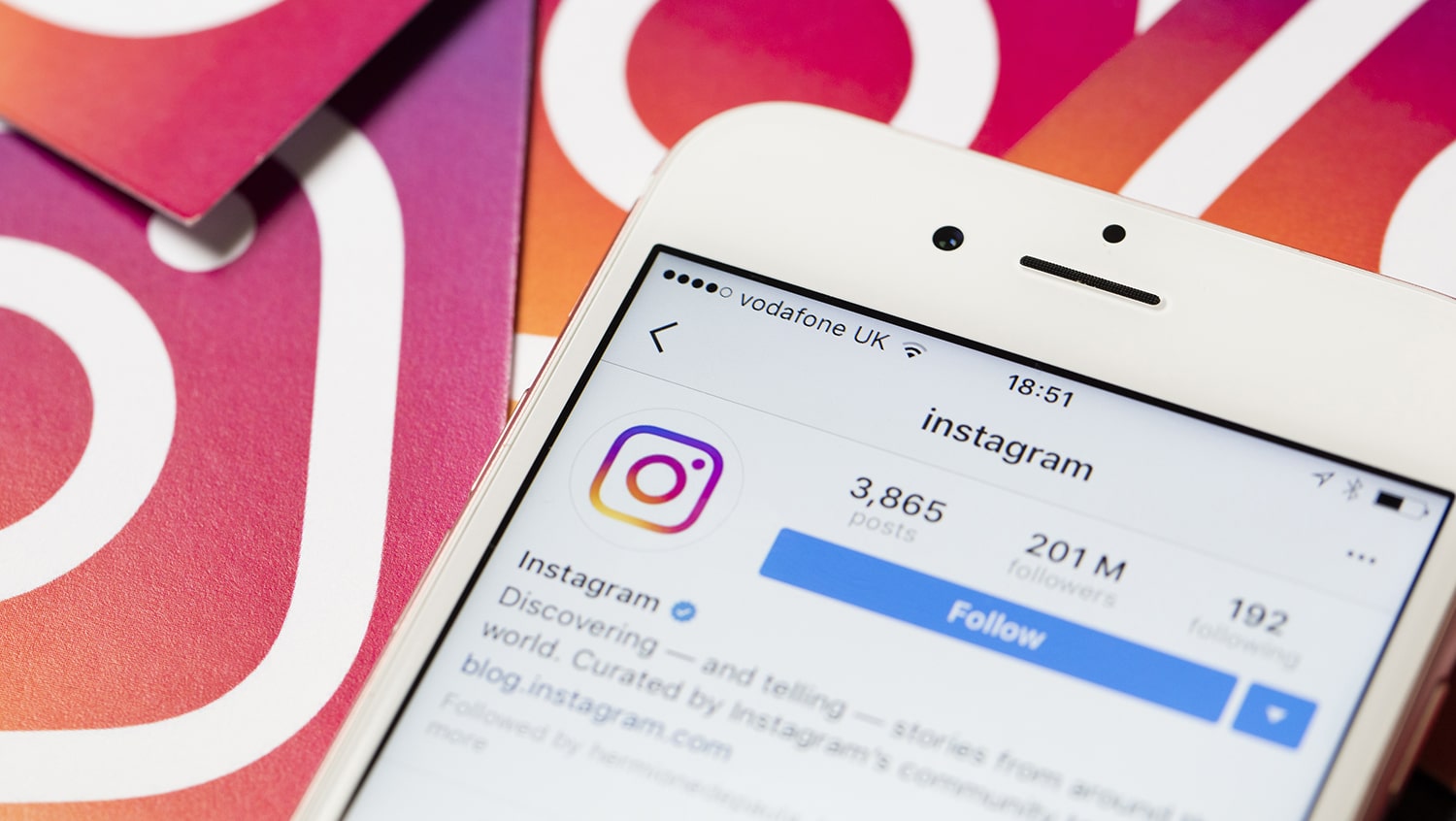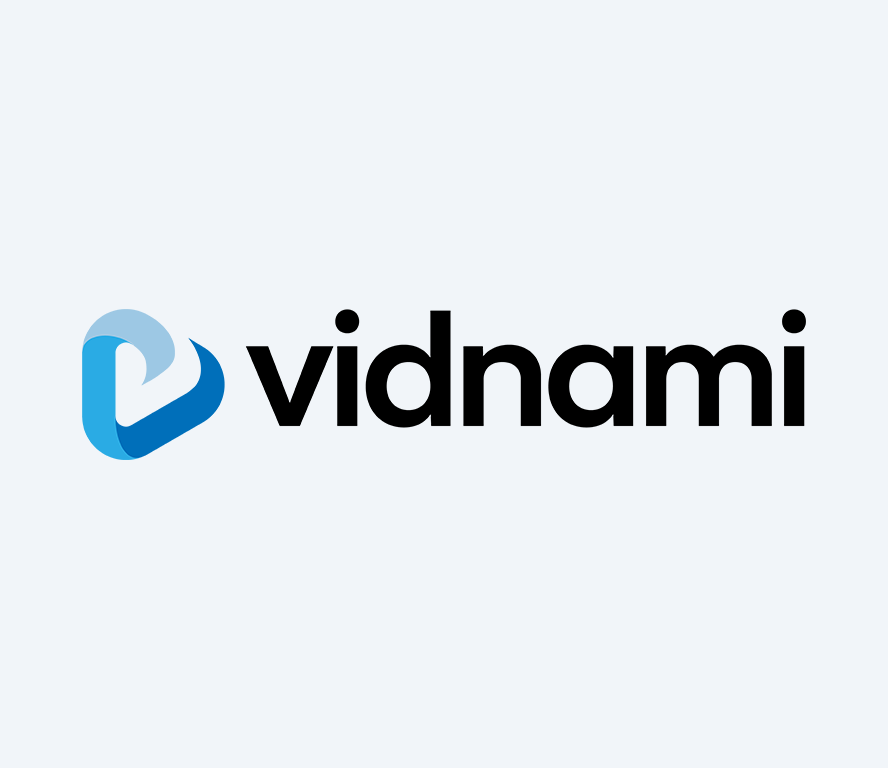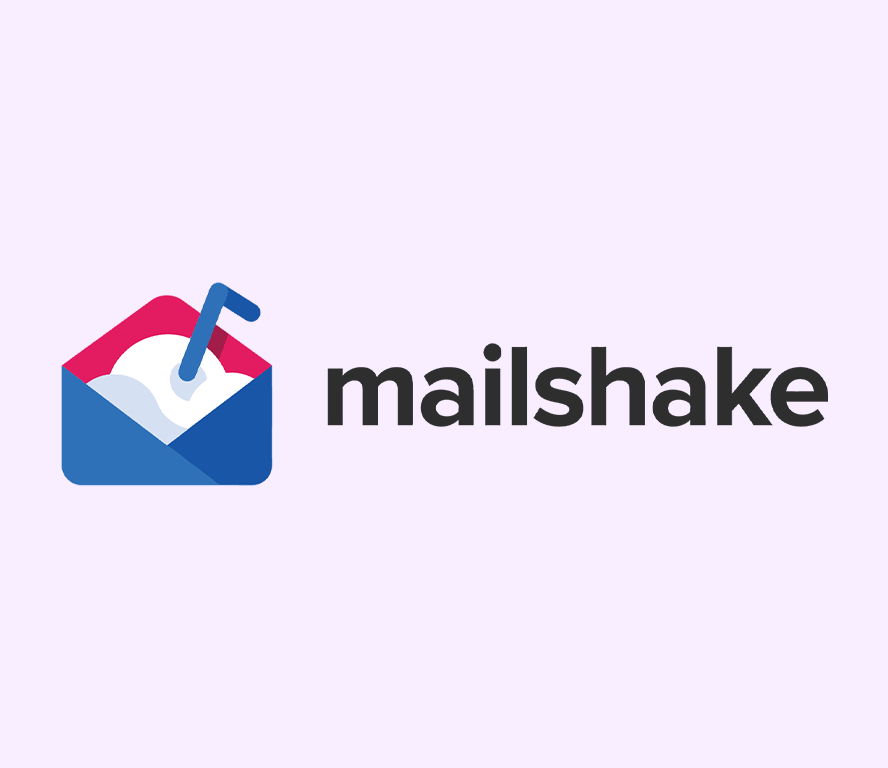We live in an age where the number of likes, views, and comments on social media are worth gold–Literally. Content creators spend hours of their lives everyday, learning to master the tricks and tips to get the most attention on a platform… Meanwhile the algorithm tracks how much users care about these creators and uses this data to create a perceived understanding of every user’s personality.
Everything you do on social media, and the internet as a whole is tracked in a similar way. From your watch time, to searches, to how many times you skip a certain type of video, or even how long you thought about that specific video, your usage habits are calculated and stored for future personalization. This, and much more, is what makes the algorithm genius- and that is what scares people. This is because algorithms have become incredibly advanced, especially in an effort to improve online marketing campaigns.
The millions of lines of code scattered across every platform’s database have become so complex that not even the creators of the program can fully understand the extent of the inner processes that the algorithm carries out automatically. It is this futuristic constant omniscience which must be understood- even a little bit, in order to succeed in the social media world as a creator; and that is just what we will look into today.
What exactly is an Algorithm?
An algorithm is a set of instructions in programming that is often written in function format, allowing different conditions and exceptions to automate certain results. The beauty of algorithms is that they allow us to skip through and collect data quickly, completely expediting processes which would otherwise take hours of manual labor. They are also capable of learning and updating themselves. In advanced cases, the algorithm collects data and uses this information automatically to improve its functionality without requiring a specific program software.
If we take a completely bare example of pseudo-code to represent the SEO process on YouTube, we could organize the statement as such:
- If video has relevant keywords to match query
- And CTR (click-through-rate)< 5-10%
- And ARR (audience retention rate)> 40-50%
- Then rank video higher in SEO
This is definitely not how the code is written for YouTube’s algorithm, but from this, you can gain a basic understanding of how an algorithm begins to process information. The concept is this; create a set of conditions and quantifiable ranges that must be satisfied in order to acquire a specific desired outcome, set exceptions to these qualifications, elaborate…. And there you have a kind-of-sort-of-BS algorithm.
Now let’s take a further look into the above pseudocode in relation to YouTube’s reasoning for their algorithm…
YouTube’s Algorithm
One of the reasons why so many people rely on YouTube for informative videos, news, music, and so much more, is because YouTube is reliable and consistent in providing relevant suggested content for every user. But do you ever wonder exactly how YouTube is able to draw you in for so long after you watch just one video? That secret lies in understanding the algorithm; knowing just how YouTube deems certain content worthy of watching versus others.
Tips and Logic to keep in mind
The reasoning for the system ultimately works like this: the longer you watch a certain video, the more it connected with you or what you wanted to see, therefore, the more videos you will watch similar to it.
Target CTR and ARR- Make videos informative and keep people watching.
Following this watch time logic, YouTube’s system also calculates the audience retention rate and click through rate of videos, so the longer the ARR and the lower the CTR, the more likely it is that the videos is relevant, quality content to captivate viewers attention for a longer duration of a video. Generally, successful YouTube creators aim to have a CTR between 5-10% and an audience retention rate ARR of at least 40-50%. These ranges are not an exact science, however, they aim to improve the ranking of your video in the millions of content meant to be organized in the SEO programming..
Description Box and Metadata
It is recommended that the content in your description box be at least 200 words. This text should provide viewers with the most useful information in your video, including backlinks and references mentioned in your video. This data helps YouTube scan your videos’ relevance during searches, and give your audience the most accurate result they were looking for which will help increase your CTR and ARR.
Keywords, keywords, pick the proper keywords!!!
As we have talked about many times in our other articles, keyword optimization research is essential for successfully matching your audience’s desired results when they make a search. When publishing content and looking for the most views, keywords must be relevant and attainable, this means that if you pick a keyword that is too competitive, it is going to be harder to improve your SEO among thousands of videos with the same, or similar title. On the other hand, if you pick a keyword with less competition, the demand for that video will be less, and won’t be as effective for the virality and success of your video or your channel. This is why it’s so important to find that happy middle ground in your keyword research, where you will still be likely to get a decent amount of views and attention.
One tool that can help with ensuring you title your video correctly, and have the appropriate keywords listed in your transcript and metadata is TubeBuddy. This is a free chrome extension that allows you to test out certain keywords as possible titles, and the site lets you know how competitive the keywords are, how much it gets searched, and more.
It also allows you to switch to a weighted feature which links your YouTube account to TubeBuddy and tells you your chances of success when using that keyword, specifically referencing your account. If the rating is not optimal for that keyword, the extension also gives you other options for keywords that can better improve your SEO.
Once you have gotten your keywords figured out, it is recommended that you use these keywords in around 1-2% of your total content and avoid keyword stuffing. Google notices if you are trying to use a keyword artificially in order to boost your SEO and will penalize you for it.
What we must mention throughout this article though, is the YouTube Algorithm, just like all adaptive and automated social media platforms. is not set in stone. You can never be sure that your video is going to go viral, but following these SEO tips can definitely help you be a few steps closer to cracking the algorithm.
Instagram’s Algorithm:
The next mysterious, mystical algorithm award goes to Instagram. Influencers and businesses everywhere depend on Instagram to post their “perfect” pictures and gain loyal fans. So when the algorithm stopped working chronologically in 2021, many of the “perfect” people went crazy since they didn’t know why their content was becoming so irrelevant suddenly. That’s because after the update, Instagram’s algorithm shifted to a personalized structure that aims to understand these key questions about each user by collecting data about them, and using it to get the most usage, and profit from their app:
Algorithm:
- Who do you talk to and who do you care about?
- What do you care about? What catches your attention?
- What time do you scroll the most?
- How many times a day do you scroll?
- How much time do you spend scrolling?
Why did Instagram “change” its algorithm?
For starters, we know that algorithms are advanced machine learning technology that is constantly updating and adapting from the new data it collects. The change from chronological order was ultimately to allow users to see what they wanted to see based on their preferences and habits rather than what was posted last. The next image is a story post from Instagram’s creator account, which we will reference throughout this article while discussing the relevance of certain factors in deciding the algorithm.
Know your source’s credibility
Before trusting the many rumors and conspiracy theories about Instagram’s algorithm, it’s important to note that Instagram is designed to encourage more people to post and get engaged, so by setting boundaries and favoritism on people’s reach, it would cause the exact opposite of their goal of gaining users.
Logic for understanding any algorithm should really be based upon facts and data that Instagram itself releases. There is a lot of BS out there, claiming that Instagram favors certain kinds of content, or certain types of accounts over others, but Instagram explains that that is just not true…
What does a personalized algorithm mean for creators and brands?
So while everything you see on your account as a user is personalized just for you, what does that mean for the professional creators and brands who are relying on Instagram as a source of income? How do these companies increase their visibility to audiences organically?
Well, some people believed that Instagram’s algorithm change was specifically designed to shadowban brands, and immediately jumped to buy followers, and join Instagram pods, in an effort to artificially “boost” their posts. However, just like Google can tell when you’re keyword stuffing, or doing something sketchy, Instagram’s algorithm senses this as well.
Tips to boost your visibility on Instagram organically:
Working with and promoting Instagram (or any social media platform as a rising creator).
This goes for pretty much any social media platform;
Tip: If you want to beat an algorithm, you must think from the point of view of the social media platform and what can you do to bring them the most monetary gain and attention in the long run.
Are there any new tools or features that they want to promote? For example, Instagram is currently promoting its Reels feature, trying to piggyback off of TikTok, and make it its own.
With this in mind, Instagram is looking for people to post reels that expand their content database, and also take advantage of all their cool features so others will see it too. We’re talkin, filters, transitions, sound effects, and creating content that highlights exactly why Instagram is so great- without being too obvious, of course. Although, this is when Instagram may actually penalize some reels over others; if you are posting a reel and it has a TikTok watermark on it, you will be advertising TikTok instead of Instagram, which is a big nono.
Tricks like being able to use hashtags effectively, planning your posts using post scheduling platforms, and having unique and well-thought posts, are all part of the creative and practical steps to being a successful brand and creator on Instagram. Now let’s see how pleasing the algorithm corresponds with pleasing your audience…
Cater to your audience, plan posts professionally
Knowing what time to post requires that you know your audience, and can accurately plan and schedule posts on a consistent posting regime to build a loyal follower base. The algorithm then rewards your posts by placing them higher up in the newsfeed since it was posted at an optimal time for your relevant audience. One tool that you can use to plan your posts is Later. This program allows you to login to your set of social media accounts, and make 30 free posts per platform, for free.
Planning your posts also allows you to make your account more aesthetically pleasing which is known to draw in more loyal users and followers.
If your posts all flow together with cohesive colors and themes, then users can see that your account is consistent and are more likely to give it a follow since they can trust you’ll always give them what they’re looking for.
Along with knowing what time your audience uses Instagram, check your analytics to grasp if they are active Instagram users or if they try to limit their usage. Understanding this information can tell you what type of content will encourage the most engagement from your audience as well. For example, videos are known to bring 38% more attention than images, texts, and infographics; they are also proven to be more effective in promoting shares and reposts by 1200% and 84% more preferred than regular image posts.
Maybe carousel posts are a considerable option as well for increasing engagement since they keep viewers sliding for a few seconds longer, while giving them more information and content about a topic.
As a creator, all these tips and methods are useful ways to naturally boost your engagement rate with your audience and build your platform, by working with the algorithm.
TikTok’s Algorithm:
Da dada Daaaaa… I present to you the 7th most used social media platform, and most popular trend setting app of the GenZ population…. TIKTOK. Now I truly believe this deserved the hype because TikTok’s algorithm has worked spectacularly, to the point where people not only refer to TikTok for the latest style tips and life hacks, but use it to spread awareness about social movements, art, small businesses, educational videos, and just about anything that could spark someone’s attention and interest.
Why is it so successful though?
The psychologically addictive nature of TikTok comes from the gratification theory. This apparent principal stems from the idea that if one is appealing to a media source for a certain purpose, and their emotional or psychological needs are met with their desired rush of endorphins, serotonin, dopamin… and all that happy hormone stuff, then the mind will be triggered to seek back to that source whenever it needs more. And here’s the thing about TikTok, that it’s ForYou page is designed so perfectly tailored for you, that the more you scroll, the more you like, the more you comment, share, and even the time-span that it takes you to watch a specific video before you skip ahead, is all data that gets recorded and collected in the app. This information is then used by the algorithm to provide you with videos that are even more suited to your desires, to keep you hooked longer the next time you open the app again. You see, TikTok’s algorithm is the perfect drug.
Strategies and Hacks
Marketing Tools Reviews
Marketing Tools Reviews
Marketing Tools Reviews
Marketing Tools Reviews
Strategies and Hacks
How can you use the algorithm to your advantage as a creator?
One of the reasons why TikTok is gaining users so quickly, also comes from the many creators, brands, and businesses that want to test their luck of going viral on the app. Like with every algorithm though, there’s not a “one size fits all” method… more like certain tricks that you can implement in your videos, that might just boost your chance at fame.
Learn from the Creator Portal:
The cool thing about TikTok is that it recognizes this opportunity for more users and creators, and provides tools and tips to make the best content with the highest likelihood of success. This site is called the “Creator Portal,” and is super useful if you are looking to learn how to use new TikTok features, make more relatable content, or understand how to use your analytics for your benefit, and much more.
The Creator Portal is frankly one of the most transparent ways to improve your videos, following the logic earlier as well- that it comes from a reliable source. When it comes to hacking an algorithm, the best you can do is make the best content you can, and a lot of the tips we give here to beat the algorithm are mentioned right there on TikTok’s site as well. We checked out all the content on the Creator Portal, and it is honestly very straightforward and practical, so definitely worth a read if you are looking into getting serious with creating on TikTok’s platform.
Here’s a quick peek into the “TikTok creation essentials” tab so you can see what we are talking about:
We could have written a whole lot more saying exactly what the Creator Portal says, but now I’m gonna give you a chance to check it out yourself.
So, have you learned anything new about some of the world’s most famous social media algorithms? Let us know in the comments! And as always be sure to subscribe to our newsletter to get access to new marketing hacks and tips to beat the internet.
Reviewed By Rem Darbinyan
Revolutionizing industries with AI, Rem Darbinyan is the CEO of ViralMango and an entrepreneur, AI expert, and influencer marketing strategist.









